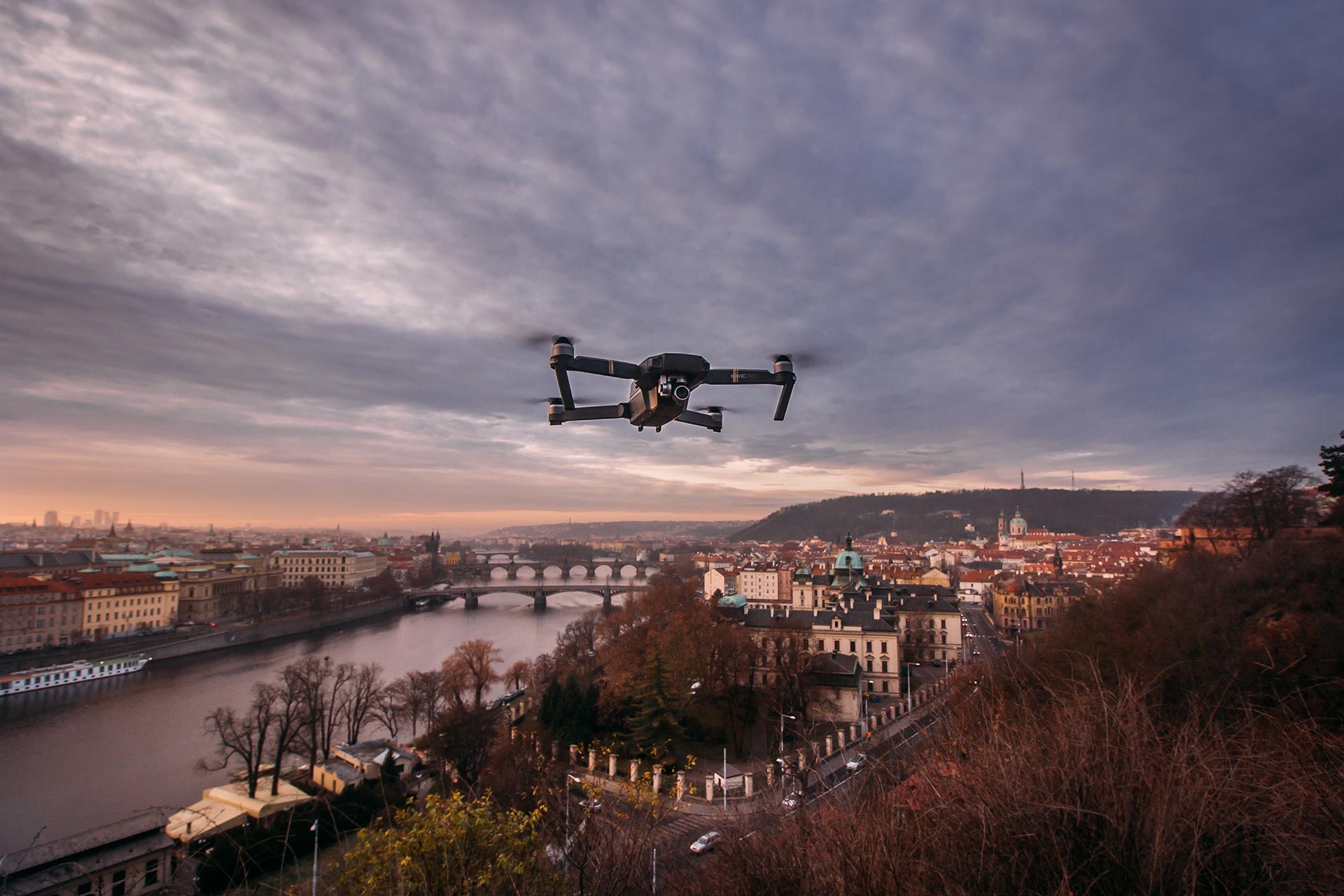The European Union is about to introduce a common regulatory framework.
What are the potential implications for drone operators ?
We’ll present the status quo and track future developments in a series of blog posts.
Trends
The drone industry is extremely innovative and regulations will be always superseded by new developments. Innovation is both in terms of type of machines and type of operations. The development of Unmanned Aircraft, commonly known as ‘Drones’, has opened a promising new chapter in the history of aerospace. The technology for civil drones is maturing and there is potential for significant growth and job creation. On some estimates in the next 10 years it could be worth 10% of the aviation market — that’s €15 billion per year. Learn more.
International context
At United Nations level the rules covering drones are currently set by the International Civil Aviation Organization (ICAO), the UN body dealing with civil aviation. ICAO allows drones operations or Remotely Piloted Aircraft Systems (RPAS) provided a national authority gives a specific authorization, i.e. authorizing the use of drones in a non-segregated airspace (this means in the same airspace also used by ‘manned’ air traffic). Such authorizations are typically restricted to specific operations under specific conditions in order to avoid safety hazards. ICAO has now set up a Remotely Piloted Aircraft Systems Panel (RPASP), which shall produce draft Standards and Recommended Practices (SARPs) for drones by 2018 focusing its work on international operations.

European context
Civil drones are increasingly being used in Europe, in countries such as Sweden, France and the UK, in different sectors, but under a fragmented regulatory framework.
-
Currently, the European Union (EU) does not regulate the civilian use of remotely piloted aircraft (RPA) with a mass of 150 kg or less. Such aircraft are governed by national rules adopted by the EU Member States.
-
UAVs above the threshold of 150 kg fall within the mandate of the European Aviation Safety Agency (EASA) and are covered by the current governing Regulation (EC) No 216/2008 on Common Rules in the Field of Civil Aviation (referred to as the ‘Basic Regulation’).
A segregated market
Several Member States, including Austria, the Czech Republic, Denmark, Germany, France, Italy, Poland, Spain, Sweden, and the United Kingdom, have already adopted national rules.
We will cover national legal frameworks in future blog posts.
However, national authorizations do not benefit from mutual recognition and do not allow for European wide activities, either to produce or to operate drones.
Because of differing national rules on criteria and conditions for the operation of drones and related safety issues, operators must apply for a separate authorization in each EU Member State. The authorization procedures do not provide a coherent framework, with the necessary legal safeguards in relation to concerns about safety, security, privacy, liability to be built in.
In addition there is also need of further development of the operational and technical rules for drones, in order to ensure that civil drones can fly like “normal” air traffic and be integrated among ‘normally piloted’ aircraft in non-segregated airspace without affecting the safety and the operation of the whole aviation system.
The absence of a clear regulatory framework does not currently allow the creation of a truly European market for drone services and aircraft, which limits the potential for jobs and growth creation in this new sector of the economy.
Do you want to learn what the EU has done about that ? Follow our blog’s regulatory series.

